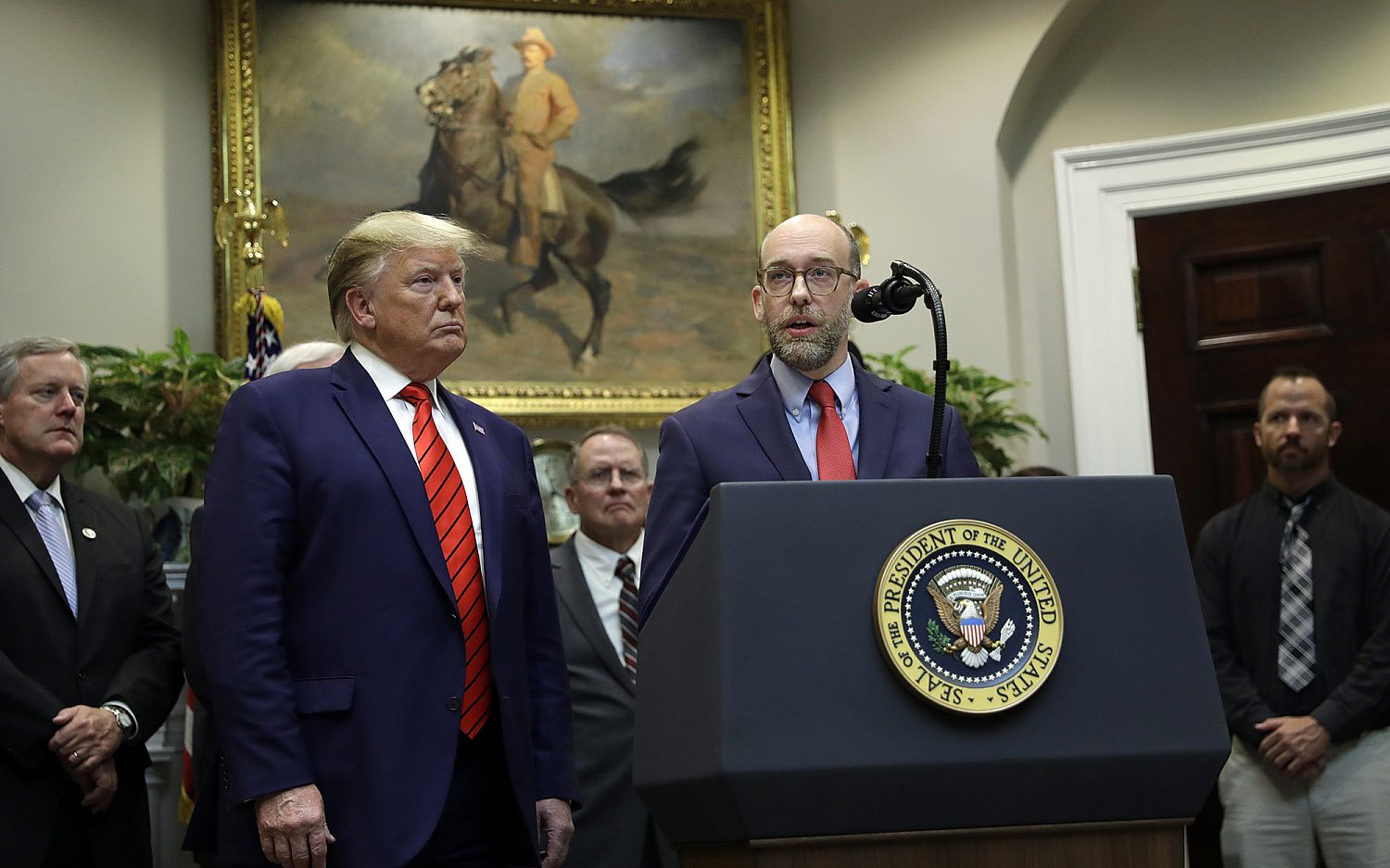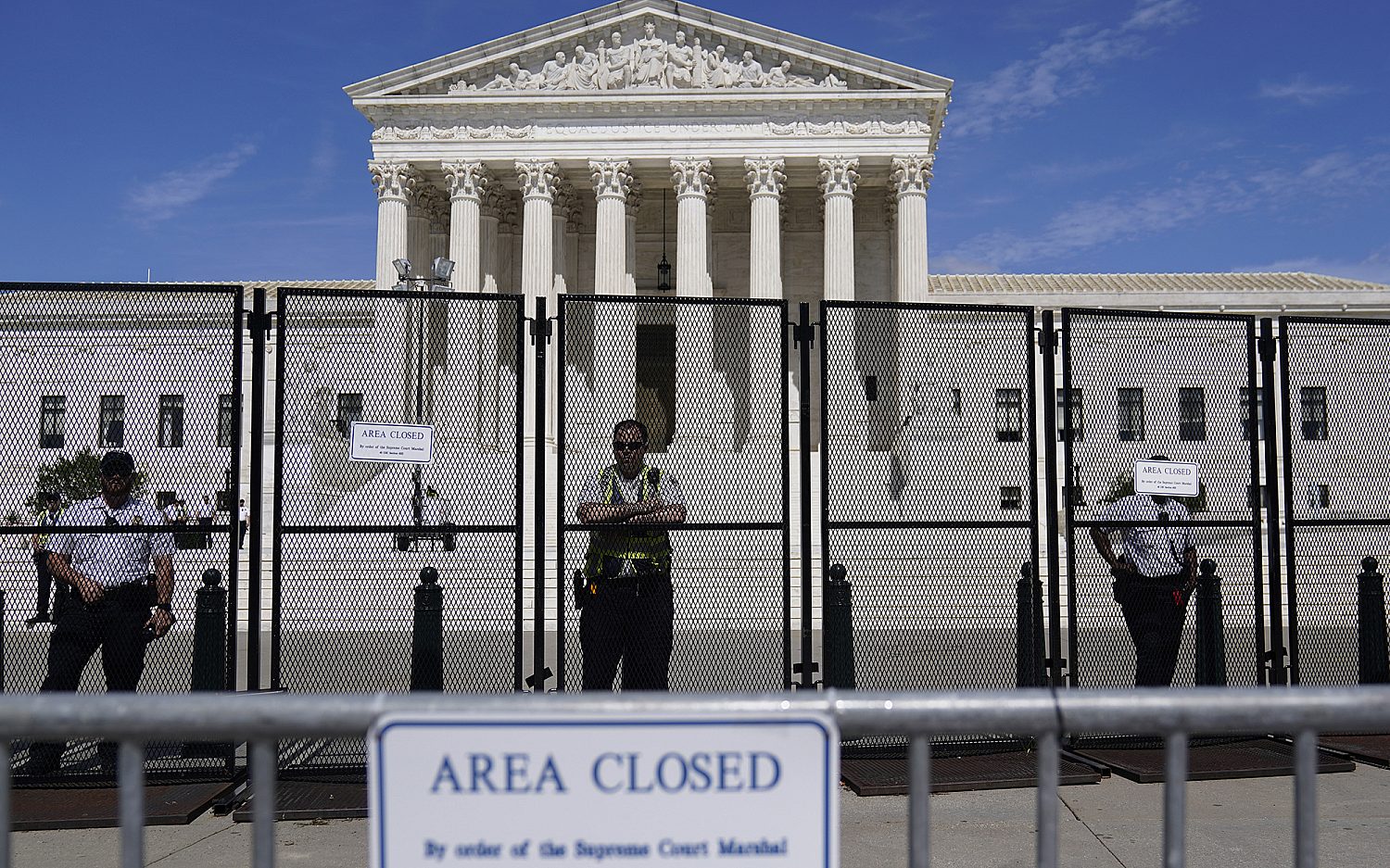Adult stem cell discovery could save embryos from scientific research
Scientists have announced a breakthrough in stem cell research that is good news for both patients and embryos. Researchers at Brigham and Women’s Hospital in Boston have reprogrammed adult cells to act like embryonic stem cells, once touted as the future’s cure-all for devastating diseases. The new scientific discovery not only offers better treatments to patients but also leaves embryos out of the equation.
Embryonic stem cells’ hype comes from their pluripotency, or their ability to grow into any kind of healthy cell. For at least two decades, scientists have searched for ways to use stem cells to repair or replace damaged tissue in patients with diseases ranging from spinal cord injuries to blindness. Not only does the research require the destruction of embryos, but it has yielded few positive discoveries.
In results published Thursday in the journal Nature, scientists reported they cheaply and simply coaxed adult cells back into a pluripotent state by giving them a half-hour acid bath. When placed in the right conditions, the injured cells reverted to embryonic-like cells within a few days. Researchers have transformed adult cells into pluripotent cells before, but they had to mix in new, outside DNA. The cells created by the team at Brigham and Women’s are autologous, meaning they have the same DNA as the adult donor cell.
“Our research findings demonstrate that creation of an autologous pluripotent stem cell—a stem cell from an individual that has the potential to be used for a therapeutic purpose —without an embryo, is possible,” said Dr. Charles Vacanti, the study’s senior author. “This finding has the potential to reduce the need to utilize both embryonic stem cells and DNA-manipulated … cells.”
The Brigham and Women’s team, working with scientists from Japan’s RIKEN Center for Developmental Biology, used mouse cells for the study, but they are reportedly working on the technique with human cells. If it works, it bolsters the possibility that someday scientists can use a patient’s own cells to create tissues needed for a wide range treatments.
Success in research on adult stem cells has outpaced that of embryonic stem cells since 2001, when former President George W. Bush allowed federal funding for the controversial research on a limited basis. In 2009, President Barack Obama expanded the availability of embryonic stem cell lines for federally funded research. Since then, the number of cell lines stored at the National Institutes of Health (NIH) has increased from 21 to 261. The NIH’s cells are derived from unused embryos donated by couples who had them created by in vitro fertilization.
In the meantime, scientists working with non-embryonic stem cells have helped heal broken bones, treated leukemia and other cancers, and created replacement windpipes and successfully transplanted them into patients.
An actual newsletter worth subscribing to instead of just a collection of links. —Adam
Sign up to receive The Sift email newsletter each weekday morning for the latest headlines from WORLD’s breaking news team.





Please wait while we load the latest comments...
Comments
Please register, subscribe, or log in to comment on this article.